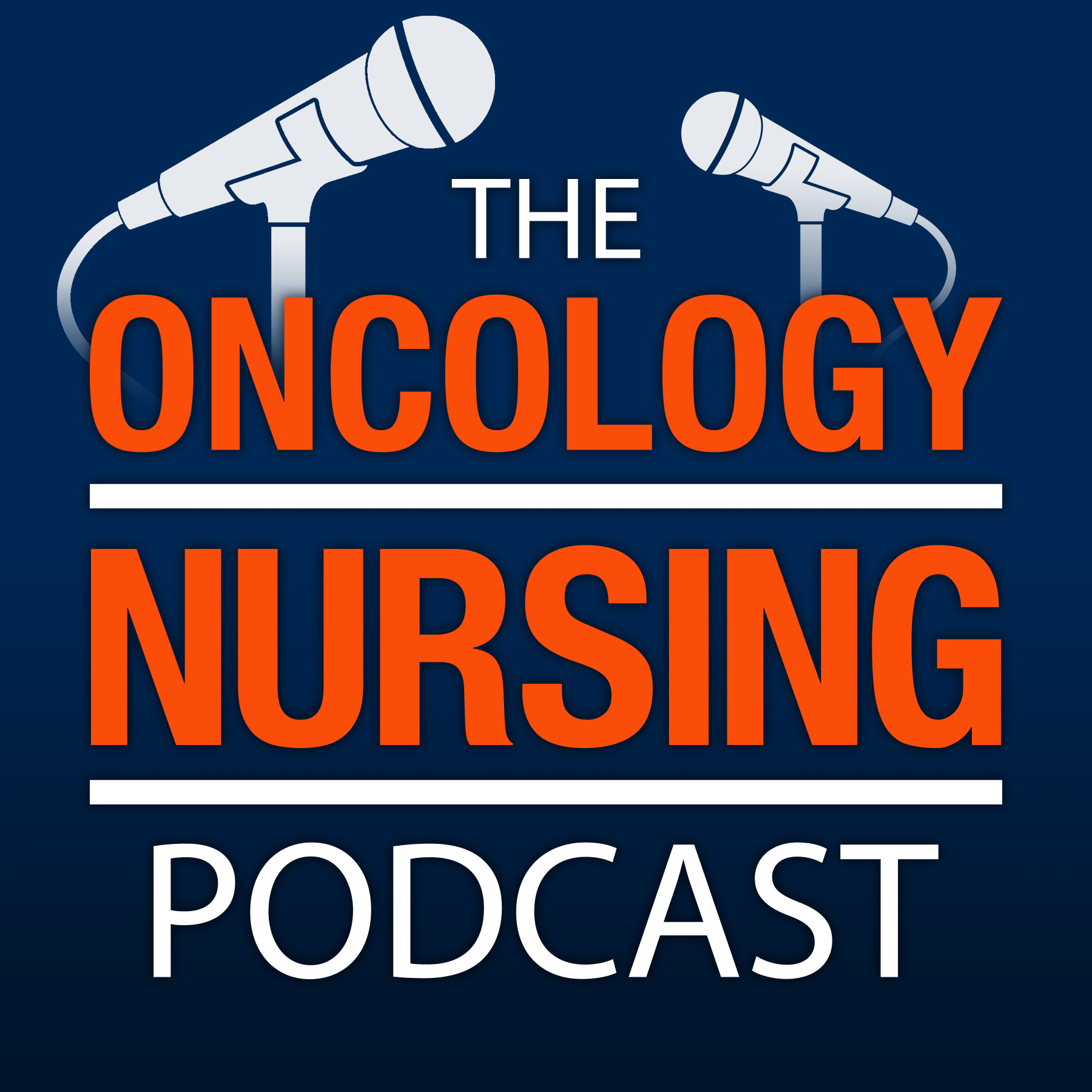Episode 298: Radiation Oncology: Nursing’s Essential Roles
Description
“We are there for whatever issue, whether it's skin management or helping just cheer them on and manage small things or big things, you know, to get them through these treatments. And then as a patient completes the treatment, we continue the nurse education and [managing] the late toxicities,” Michele “Michi” Gray, RN, radiation oncology care coordinator at the Cleveland Clinic in Ohio, told Jaime Weimer, MSN, RN, AGCNS-BS, AOCNS®, manager of oncology nursing practice at ONS, during a discussion about what you should know about nursing’s important role in radiation oncology.
You can earn free NCPD contact hours after listening to this episode and completing the evaluation linked below.
Music Credit: “Fireflies and Stardust” by Kevin MacLeod
Licensed under Creative Commons by Attribution 3.0
Earn 0.75 contact hours of nursing continuing professional development (NCPD), which may be applied to the nursing practice or oncology nursing practice ILNA categories, by listening to the full recording and completing an evaluation at myoutcomes.ons.org by February 9, 2026. The planners and faculty for this episode have no relevant financial relationships with ineligible companies to disclose. ONS is accredited as a provider of NCPD by the American Nurses Credentialing Center’s Commission on Accreditation.
Learning outcome: Learners will report an increase knowledge of the radiation oncology nurse role.
Episode Notes
Complete this evaluation for free NCPD.
Oncology Nursing Podcast:
Episode 272: Oncologic Emergencies 101: Radiation Therapy for Emergent and Urgent Interventions
Episode 104: How Radiation Affects All Areas of Oncology Nursing
ONS Voice article: The Intersection of Radiation and Medical Oncology Nursing
ONS course: ONS/ONCC Radiation Therapy Certificate Course
ONS book: Manual for Radiation Oncology Nursing Practice and Education (fifth edition)
ONS Huddle Card: Radiation
ONS Congress® Radiation Track
American Society for Radiation Oncology
To discuss the information in this episode with other oncology nurses, visit the ONS Communities.
To find resources for creating an ONS Podcast Club in your chapter or nursing community, visit the ONS Podcast Library.
To provide feedback or otherwise reach ONS about the podcast, email [email protected].
Highlights From Today’s Episode
“There's many different forms of therapeutic radiation. External beam radiation is probably the most common type of radiation therapy used in cancer treatments. Using x-rays and gamma rays are types of external beam, and that is the most common and what everybody thinks of when we talk about radiation therapy. Also, particles would be another type. Particles would be electrons and protons. Then there’s brachytherapy. That's internal radiation, which is a technique that is sealed radioactive sources placed directly into or adjacent to the tumor.” TS 3:13
“First step [in the treatment coordination process] is that consult—getting the patients in the door. Quite honestly, this consult can be a long day for the patients. They may just have a consult with the radiation oncologist. [But if they’re coming from a distance,] they might seeing a multidisciplinary clinic, so they are seeing all the physicians all in one day: the medical oncologist, the radiation oncologist, a surgeon.” TS 6:31
“We have a clinic team that oversees a lot of the clinical nursing side of things with rooming and then anesthesia recovery and things like that. And then we have the nursing working with the physicians and care coordination. We kind of have two different nursing roles within the Cleveland Clinic. So, education from both sides, you know, doing education, providing care for the patients and the patients’ families.” TS 16:28
“This is one of the many phone calls t
More Episodes
“Under normal conditions, EGFR [epidermal growth factor receptor] is in an auto-inhibited state. And it’s only when it’s needed that it’s upregulated. But when you have cancers that there is either a mutation in the EGFR or an overexpression, what you see is a dysregulation of normal cellular...
Published 11/08/24
Published 11/08/24
Episode 335: Ultrasound-Guided IV Placement in the Oncology Setting
“Much like many experienced oncology nurses, I learned how to do IVs with palpation. I got really good at it. And so I thought, there’s no way I need this ultrasound. But we know now that our patients are sicker. There are...
Published 11/01/24


